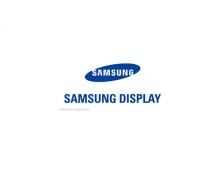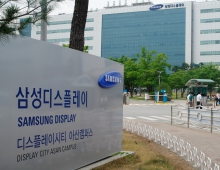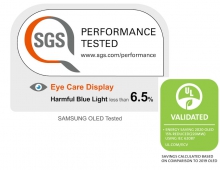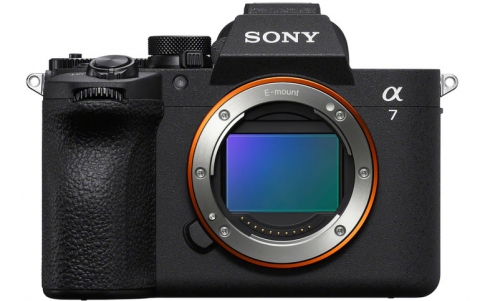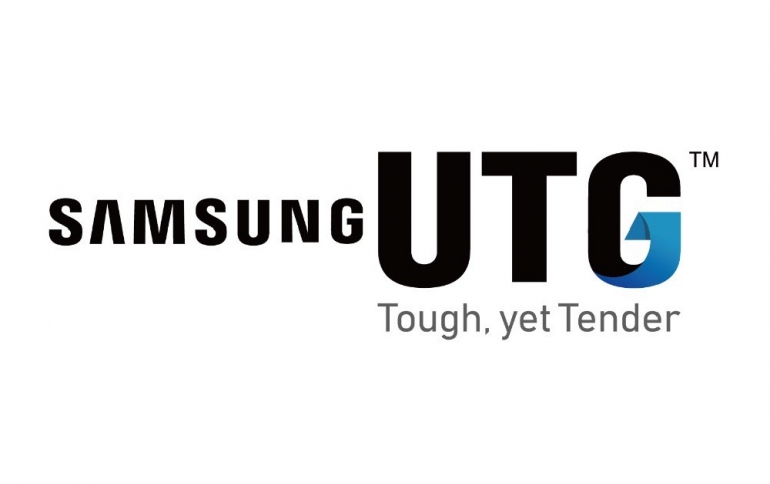
Samsung Display Says the Ultra-thin Glass of Galaxy Z Flip is “Tough, yet Tender”
Samsung Display has provided details about the ultra-thin glass (UTG) that has been used as the cover window for foldable displays, incuding the recently released Galaxy Z Flip smartphone.
The company says that the glass, while only 30㎛ thick, "is produced using an intensifying process to enhance its flexibility and durability." In the process, the UTG is injected with a special material up to an undisclosed depth to achieve a consistent hardness.
“With our existing polyimide cover window, development of the new extremely flexible UTG cover window ‘Samsung UTG’ now enables us to meet more demanding customer needs,” said Dennis Choi, vice president of the mobile display marketing team at Samsung Display. “Clearly, Samsung UTG is a highly enticing manufacturing alternative which serves as another important example of our dedication to technology advancement and manufacturing excellence,” he added.
Samsung UTG is being first applied to the just-released Samsung Galaxy Z Flip smartphone, though the glass is expected to be adopted by other foldable electronic devices.
Branded with the term “Tough, yet Tender,” Samsung UTG features a highly flexible surface with a supple hardness, sleek texture and uniform shape.
Samsung Display had commissioned Bureau Veritas, the international certification agency in France, to test UTG durability and sayt that the Samsung UTG has successfully passed 200,000 fold tests simulating extreme life-time use reliability.
In addition, Samsung Display has filed for trademark protection of “Samsung Ultra-thin Glass” in 38 countries including the United States, China, and much of the European Union.
Samsung Display has been working with another Korean company on commercializing UTG since 2013.
Samsung introduced the Galaxy Z Flip last week and started selling it Friday for $1,380.
But the Flip's glass screen already has seen some controversy. Tinkerer Zack Nelson, who runs the JerryRigEverything YouTube channel, put the handset through a battery of durability tests and came away disappointed by the results. He found that even his fingernail was capable of leaving scratches on the phone's screen at a point in the test where real glass would have typically resisted markings. Nelson questioned whether the Z Flip's screen actually was glass at all.

